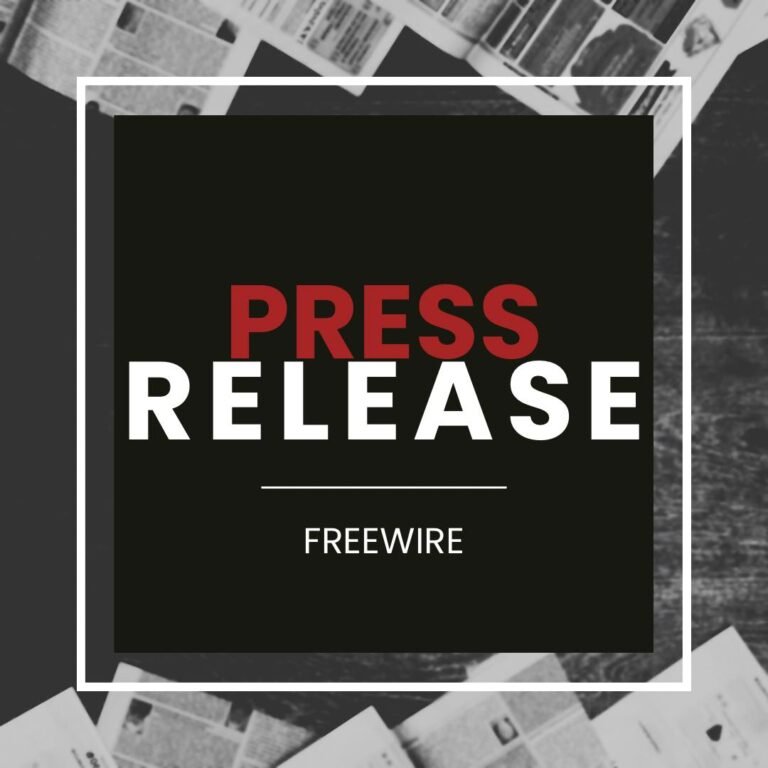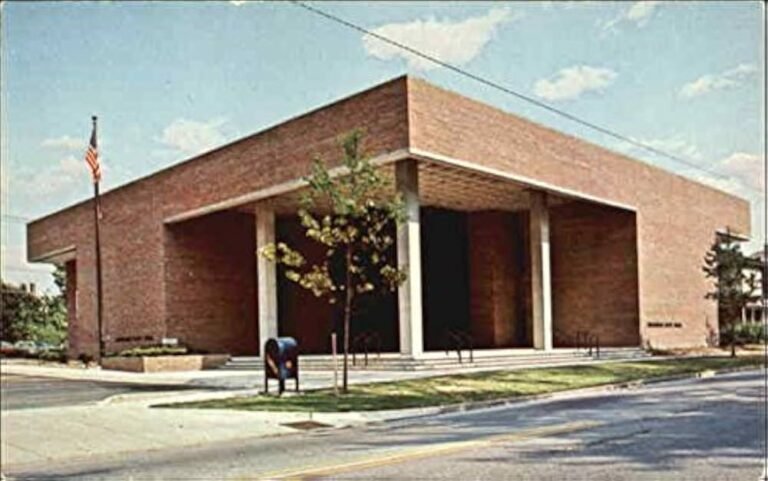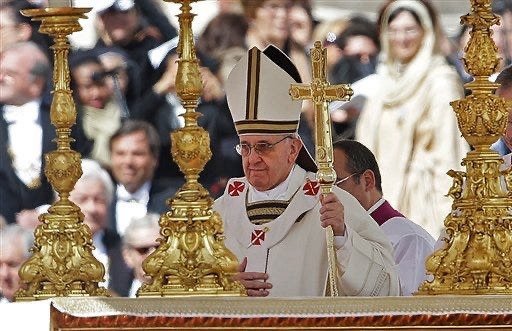
By April Rodgers Content Coordinator
If you haven’t yet watched last year’s film The Conclave, today’s events in Rome might have felt almost cinematic themselves. As the world bid farewell to Pope Francis, millions witnessed history unfold in a ceremony steeped in tradition, symbolism, and rare exceptions—all broadcast live at 4 a.m. local time.
Following the pope’s death, one of the first acts of Vatican tradition unfolded on Monday: the destruction of the papal Fisherman’s Ring. Once used to authenticate official documents, its destruction is both practical—preventing forgery—and deeply symbolic, signifying the official end of Pope Francis’s authority on Earth.
In a solemn moment before sealing the casket, a white silk cloth was placed over the pope’s face—a final act of reverence, much like the closing of a loved one’s casket. Along with his body, the coffin holds a bag of coins minted during his reign and a document detailing the milestones of his pontificate. Sealed with the marks of various Vatican officials and blessed with holy water, the coffin signifies a careful blending of ancient ritual and personal tribute.
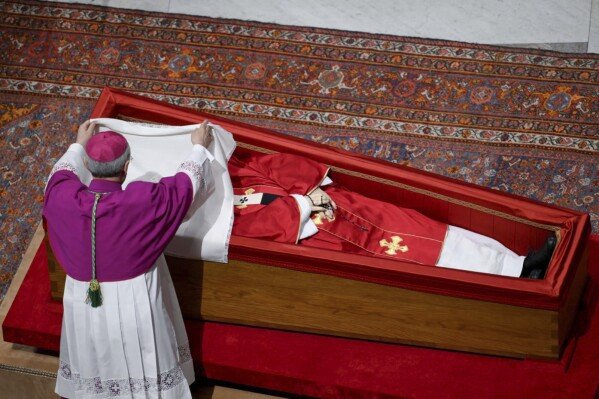
Before the funeral Mass, Vatican protocol unfolded with meticulous precision. The funeral Mass itself, was presided over by the Dean of the College of Cardinals. Following tradition, the pope’s coffin was then carried in solemn procession to his final resting place.
Unlike his predecessors who are entombed in St. Peter’s Basilica, Pope Francis had humbly requested to be buried at the Basilica of St. Mary Major—a beloved church that held deep personal meaning for him throughout his papacy.
The Church now enters a nine-day mourning period before the conclave will be called to elect the 267th successor to St. Peter.
As the bells of Rome tolled today, it wasn’t just a pope the world said goodbye to—it was a man whose compassion and humility forever changed the Church. Pope Francis will be remembered as the “Pope of Mercy,” a leader who emphasized inclusion over judgment and opened the doors of dialogue wider than ever before. His efforts to modernize the Church included a historic softening toward LGBTQIA+ Catholics and those often marginalized by society. His simple, world-shaking words—“Who am I to judge?”—came to symbolize a shift toward empathy, understanding, and welcome. Through initiatives like Laudato Si’ and countless gestures of humility, he remained a champion for the poor, the environment, and the dignity of every human being.
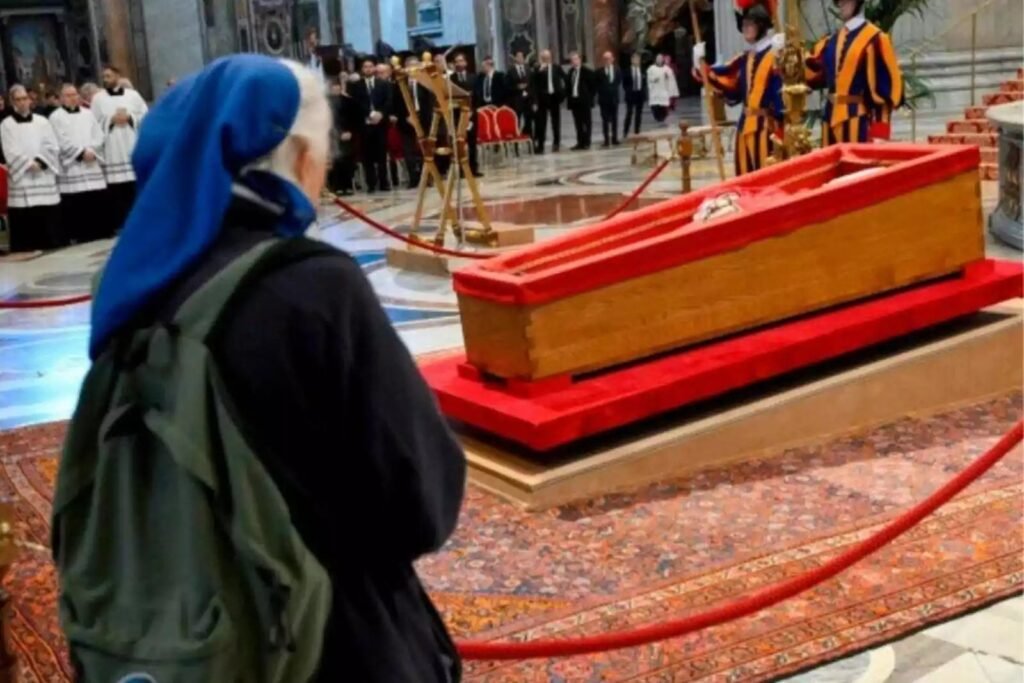
In perhaps the most touching moment of the week, Sister Geneviève Jeanningros—his longtime friend—was granted rare permission to approach the coffin. On Wednesday, she stood quietly beside him, offering a tearful goodbye to her old friend—her visible grief a final reminder that behind the grandeur of the papacy was a man whose kindness left an indelible mark on the hearts of those who knew him.
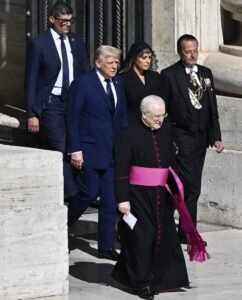
Representing the United States at Pope Francis’s funeral were President Donald Trump and First Lady Melania Trump, who led the official U.S. delegation. Former President Joe Biden and former First Lady Jill Biden attended independently, alongside a congressional delegation that included Senator Susan Collins, House Majority Leader Steve Scalise, Senator Ed Markey, Senator Dick Durbin, and former Speaker Nancy Pelosi. Kielce Gussie, a 28-year-old American journalist from Florida working with Vatican News, delivered the first reading during the funeral Mass. The ceremony drew over 250,000 mourners, including world leaders and dignitaries from around the globe.
















